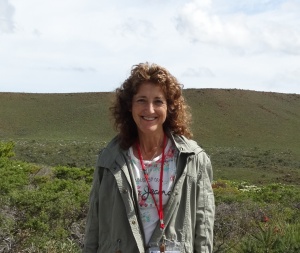Santos, A., Fernandes, M.R., Aguiar, F.C., Branco, M. & Ferreira, M.T. (2018) Effects of riverine landscape changes on pollination services: a case study on the River Minho, Portugal.
Ecological Indicators,
89, 656-666. DOI:10.1016/j.ecolind.2018.02.036 (IF2018 4,490; Q1 Environmental Sciences)
NON-cE3c affiliated
Riverine landscapes provide numerous ecosystem services, of which pollination is essential to increase the yield, quality, and stability of crops and the biodiversity of wild flora. Pollinators’ behaviour and their community dynamics are often affected by the spatial distribution of floral and nesting resources at the landscape scale, and are thus sensitive to land-use land-cover (LULC) changes and management practices.
The main objective of this study is to understand how changes in riparian vegetation and LULC at River Minho affect pollination services. For this, an approach based on the temporal analysis of historical cartography (1898) and current satellite imagery (2016) was used. We developed a novel Pollination Suitability Index for Riverine Landscapes (PSIRL) using LULC data as a proxy of habitat suitability for insect pollinators. PSIRL scores were derived from expert judgment of the local habitat conditions, floral diversity and field surveys. The PSIRL values obtained for both periods were compared using pairwise T-tests.
We detected an overall reduction of the pollination services in the riverine landscape of River Minho from 1898 to 2016. However, at local level we observed gains and losses of pollination suitability as a result of distinct LULC changes. There was a marked decrease in the PSIRL in the most downstream and upstream riverine sections due to generalized conversion of scrublands, broadleaved-forests and heterogeneous agricultural areas to artificial surfaces and managed forests dominated by maritime pine and eucalyptus. However, in the middle section of the river, the area occupied by scrublands, riparian and broadleaved forests increased, resulting in an increase of the foraging resources for insects, and a consequent increase of the PSIRL.
This index can be used to monitor and capture changes in the pollination suitability of complex riverine landscapes and support further land and river management decisions. The historical cartography proved to be a valuable source of information to characterize LULC change and hence to assess the evolutionary trajectory of pollination ecosystem services, at global and local level.

